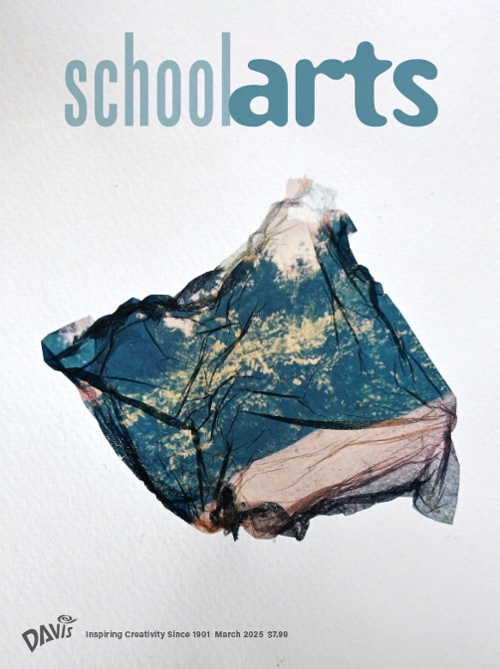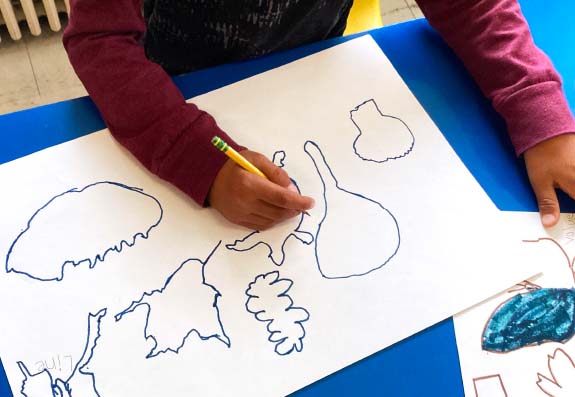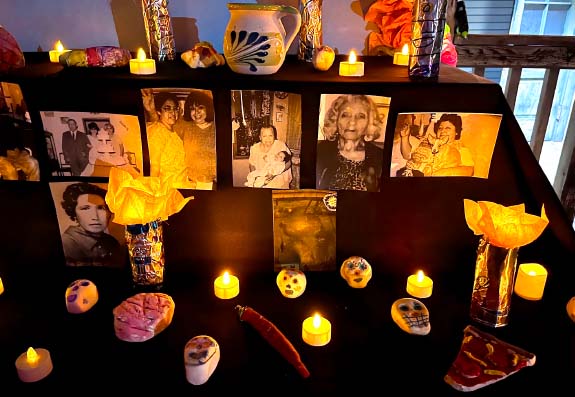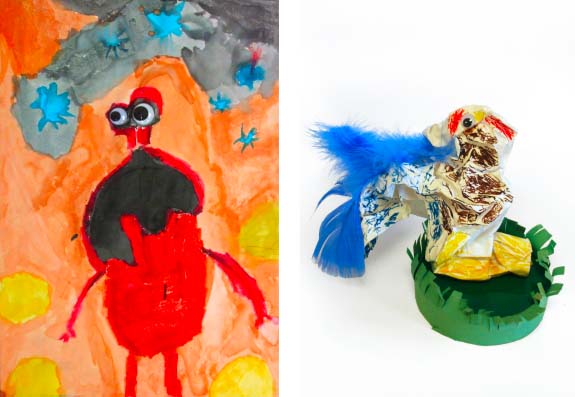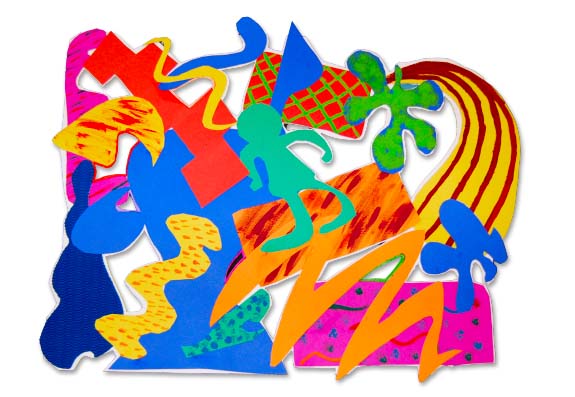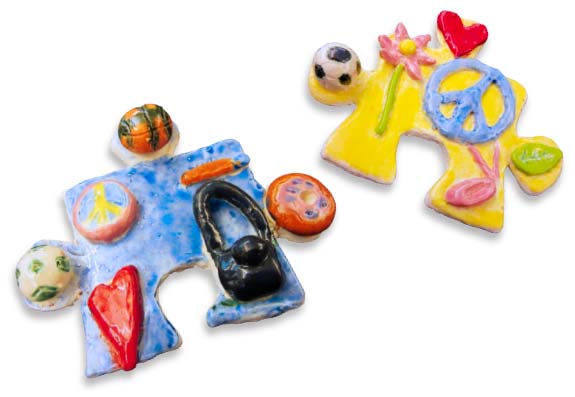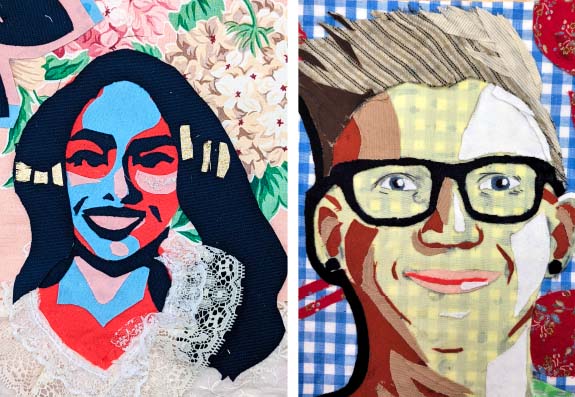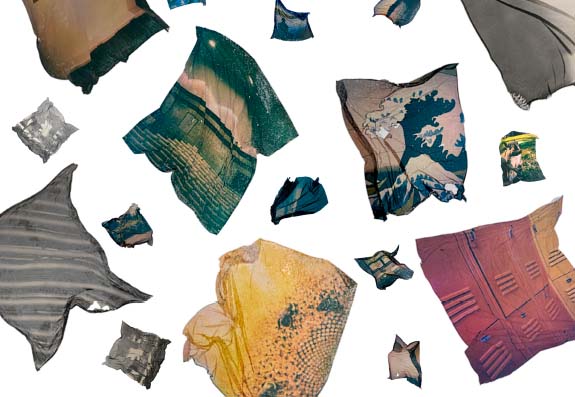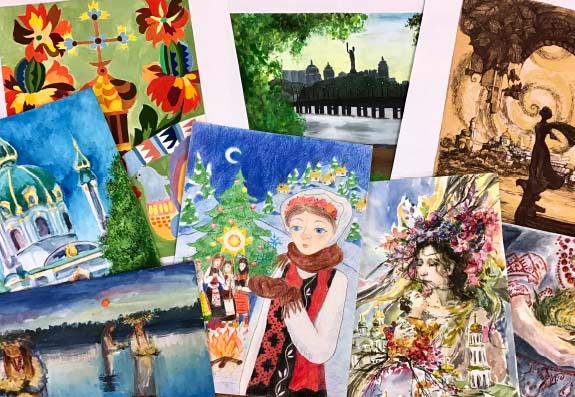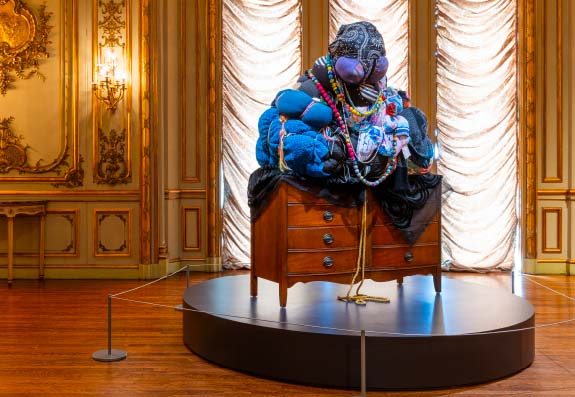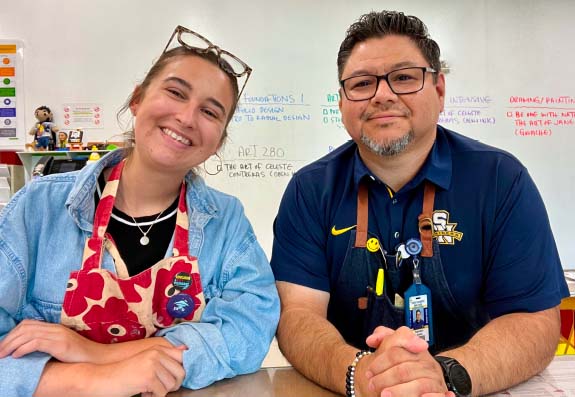
Editor's Letter: Advocacy
In this issue, we introduce various ways to address advocacy through multiple lenses. What it looks like in our art room will range on how we address topics or issues such as cultural perspectives, equity, diversity, identity, art appreciation, embracing mistakes, and creating an inclusive curriculum. Designing an Advocacy Toolkit is an effective way to make all student voices heard. Reading this issue is a great start!
Read Article
